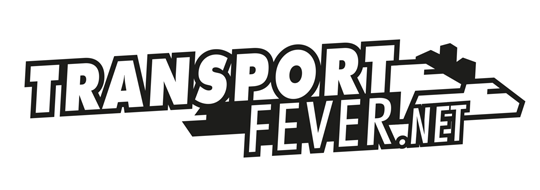Hello everyone!
Since I started this game, I am using the following strategy:
Each city has its own station, 5 tracks. Each city is linked with the closest one. I build double tracks. I build maximum 5 relations, so each track in the station is for one line maximum.
Each line connect two cities maximum and grant me actually huge benefits all periods.
My question is: are lines with two stations maximum more profitable than huge line with several trains deserving several stations? Is it better to have a train convering only two stations than having a train covering let say 5 stations?
Thanks for sharing your experience ![]()


